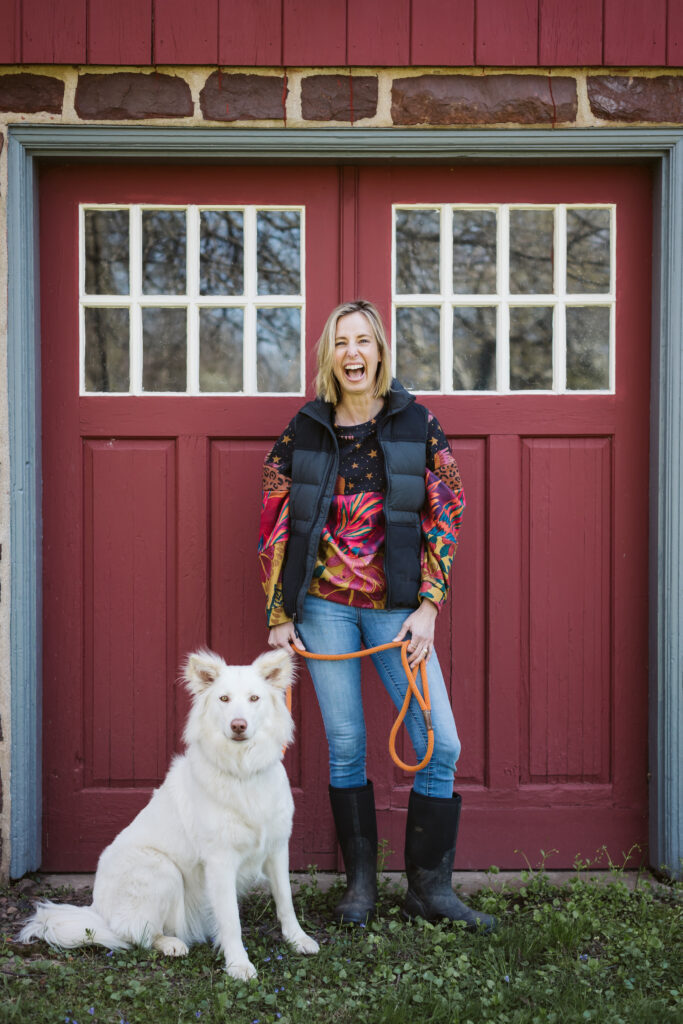
Words by Tess Becker
Dogs are everpresent throughout the world and to many, are the closest animal companions we have. While many people are aware of the dogs sitting in shelters in big cities and maybe a few strays roaming the streets, they don't always know the sheer amount of dogs waiting to be adopted or struggling to survive.
On top of that, many shelters lack resources to care for dogs in the right way, especially as you venture away from bigger cities.
This is something that inspired Leigh Siegfried to work on dog advocacy and education alongside her 20-year-long dog-training career and now as the founder and training director of Opportunity Barks.
“I started to really tune into what I thought I would be passionate about,” Leigh tells Smiley News. “I started volunteering at animal shelters, walking dogs part-time on weekends, and began to dabble in different various parts of the animal world, primarily shelters.
“I did an online course and then transitioned from working in marketing and advertising into the dog world, which was definitely like a hard right turn for me.”
Through her studies early on she discovered the deeper relationship between people and their pets and the wider impact that had on communities.
“The animal welfare world taught me quite a bit about people and animals and the intersection of those relationships which we still are unraveling every time we work with a client in a training capacity,” Leigh says. “It's always interesting to see the dog owner relationship close up in terms of ‘this is the pet that they have,’ versus bigger communal concerns around overpopulation or just even good community care models outside of our homes.”

She describes this move to focus on dog care models as similar to working in “public health” and finding ways to better care for animals in the margins. This manifested as education and advocacy work focusing on if shelters were providing the right types of care and enrichment for their animals and a wider scale of things like foster care networks that provide a larger base for animals to be adopted from.
“In terms of increasing quality of life for animals, I mean, that's huge, in improving the outcome for animals, but then also just helping people be able to translate that to dog owners,” Leigh says. "So from that work, I work with a pet finder, adoptions tour, that would travel primarily regionally to smaller southern states in the US, where people maybe didn't have access to a lot of education.”
In some communities, this animal advocacy work even expanded to providing resources for people in need since many of the communities that they visited were isolated working with whatever resources they had.
These resources and education initiatives are important because not everyone has the resources to care for a dog – they highlight just how much work it takes to provide animals with whatever they need.
Instead, many healthy and fully capable dogs are finding themselves stuck in shelters in rural places often isolated without much hope for adoption and the impending threat of euthanasia. Leigh highlighted one shelter that had cycled through nearly 5,000 dogs that could have been otherwise adopted.
“You can see how a lot of the initiatives have moved towards retention, like what can we do to support people that already have their dogs so they don't return them? How can we support them in resourcing them or, you know, providing low-cost medical care making dogs more accessible?”